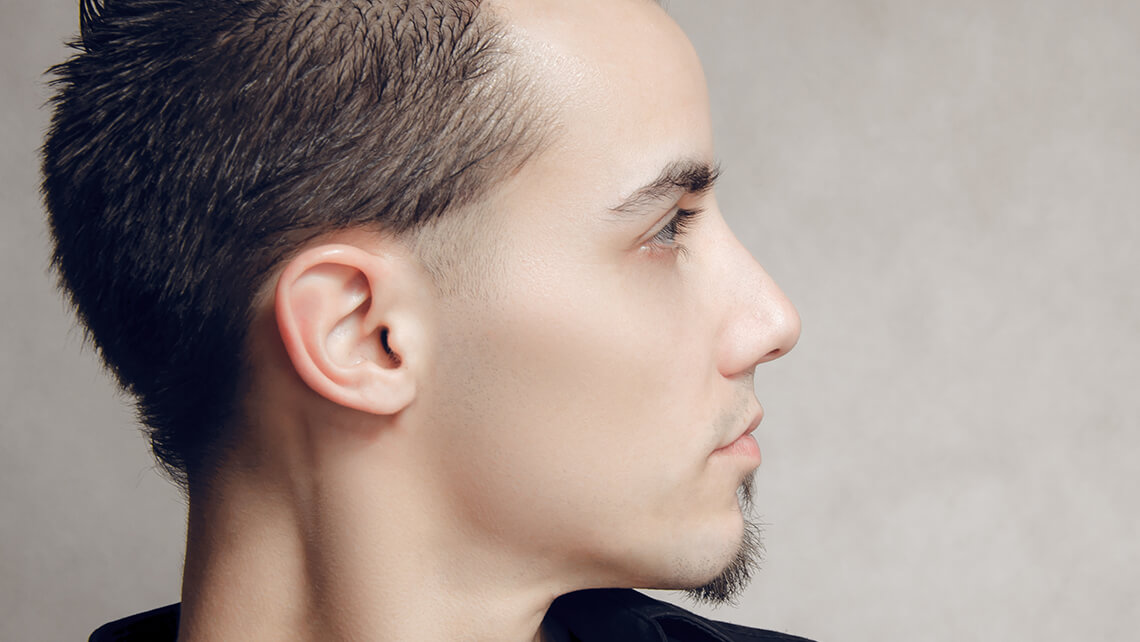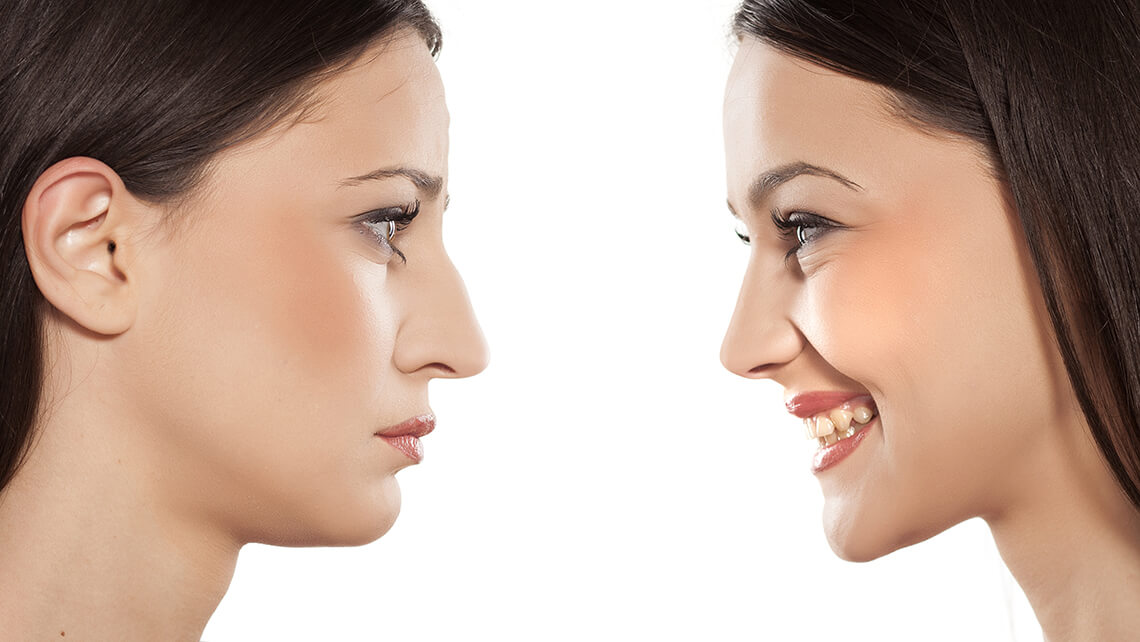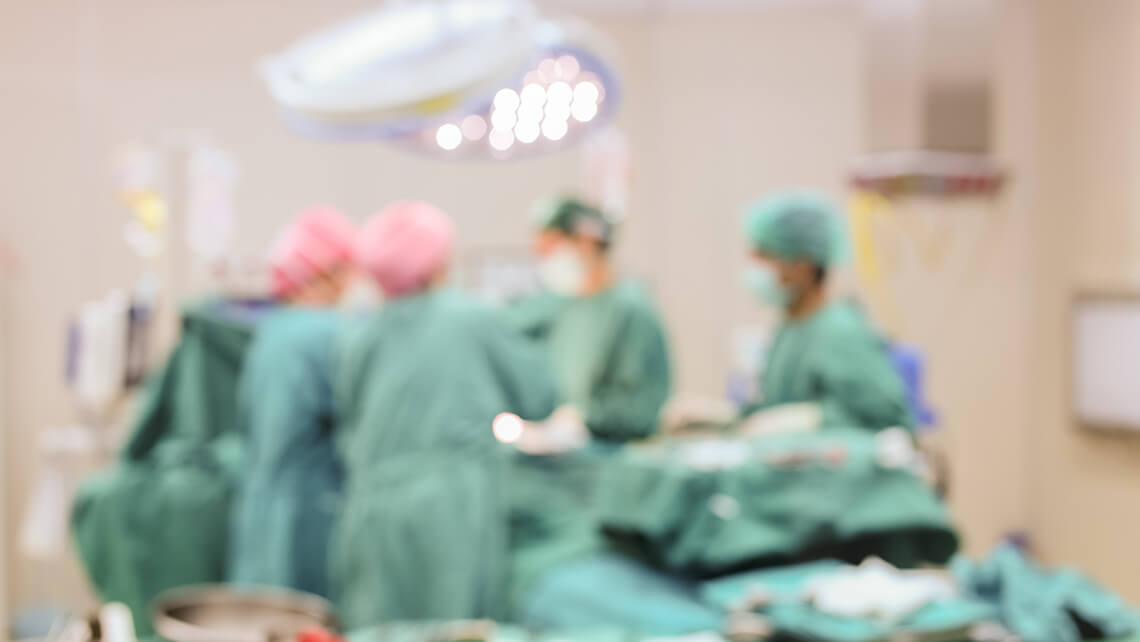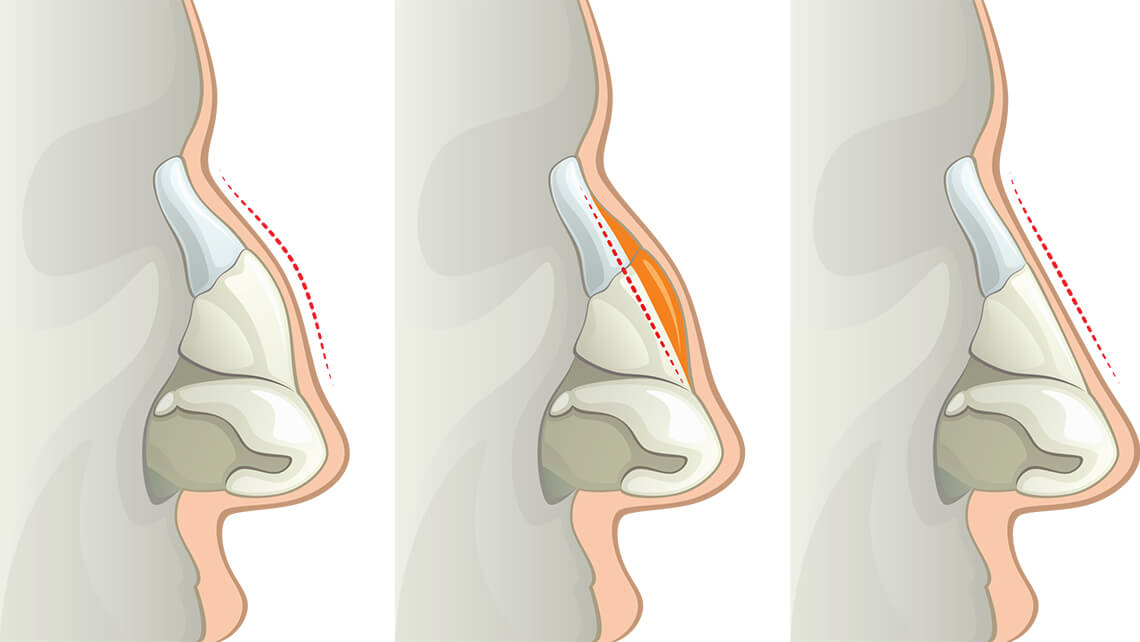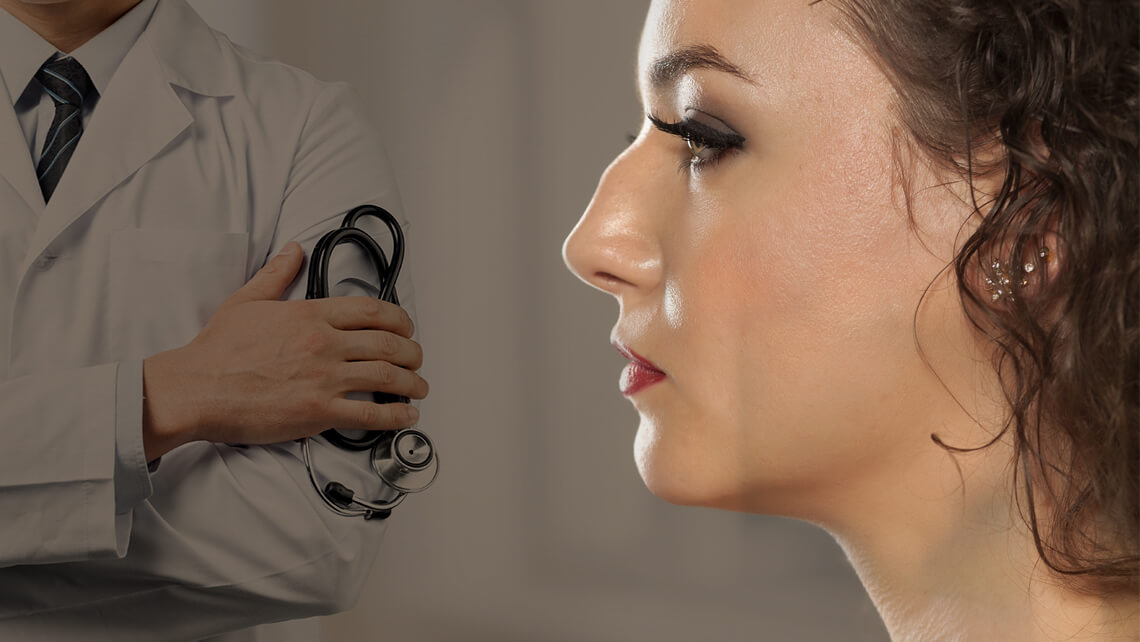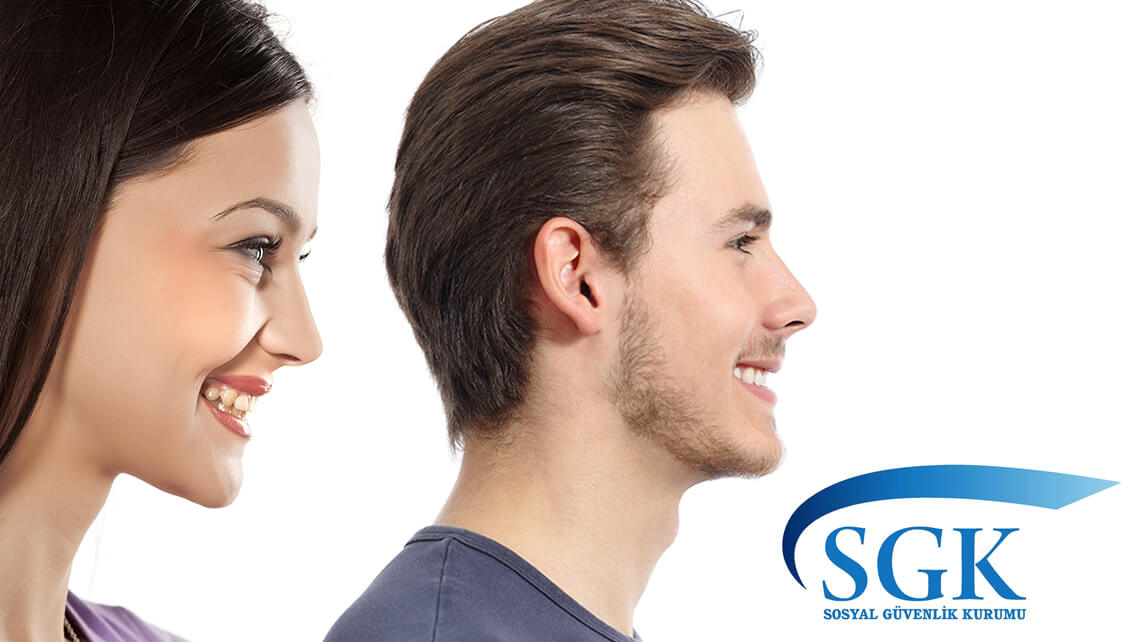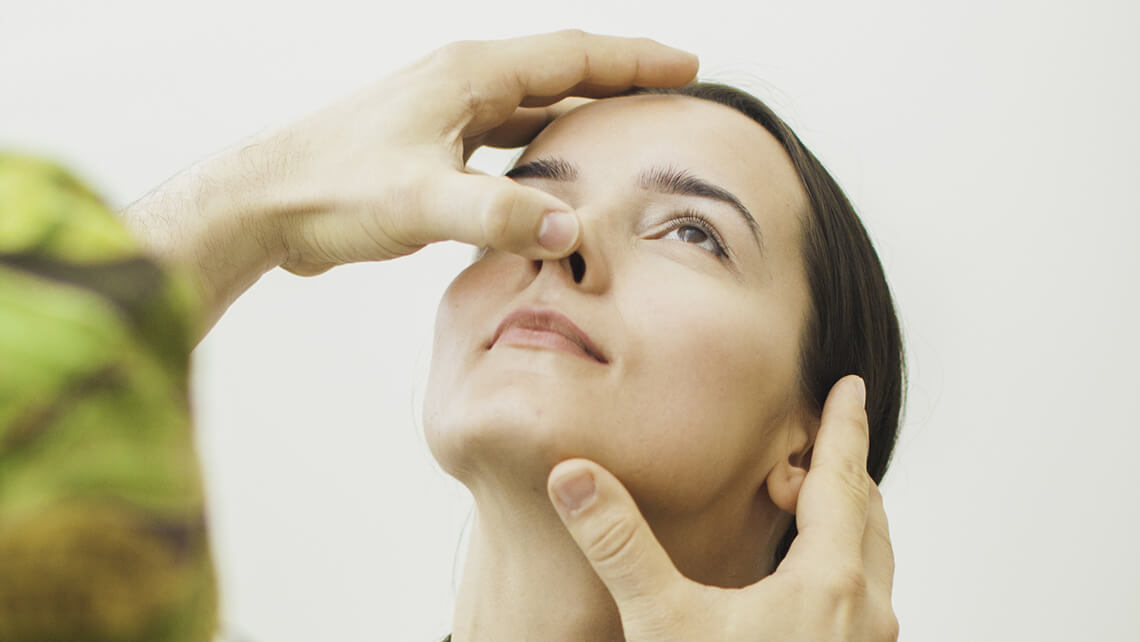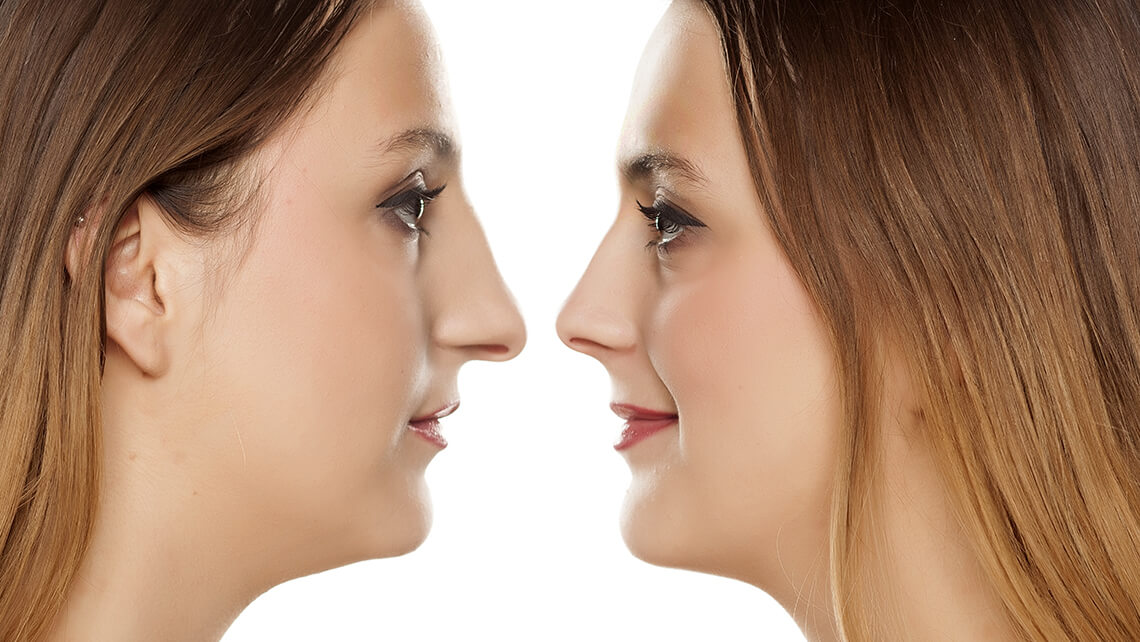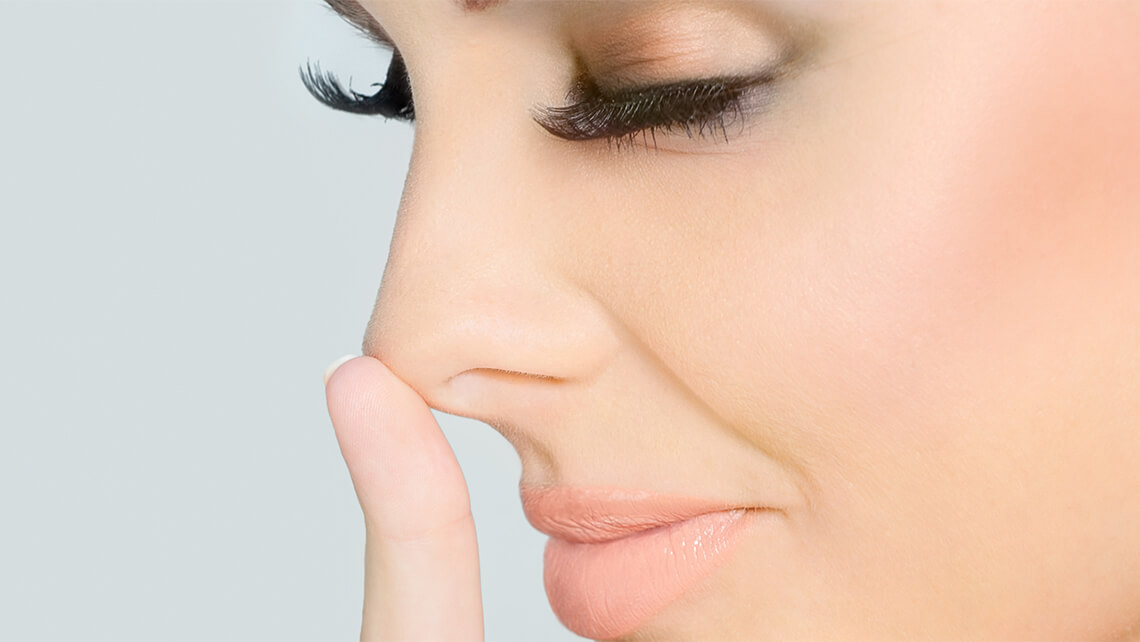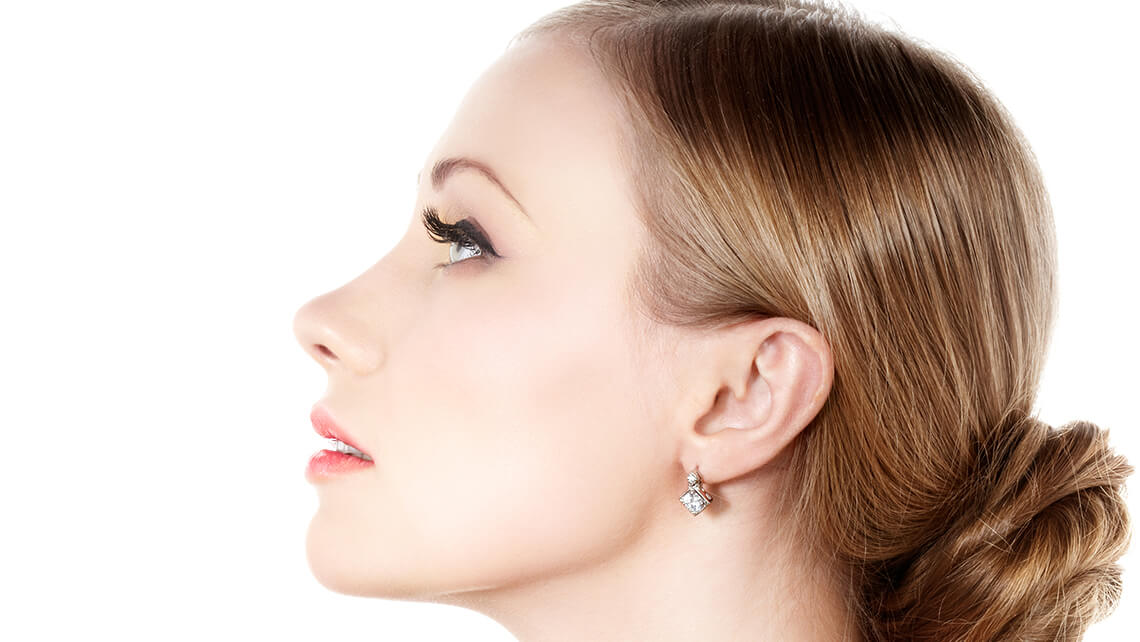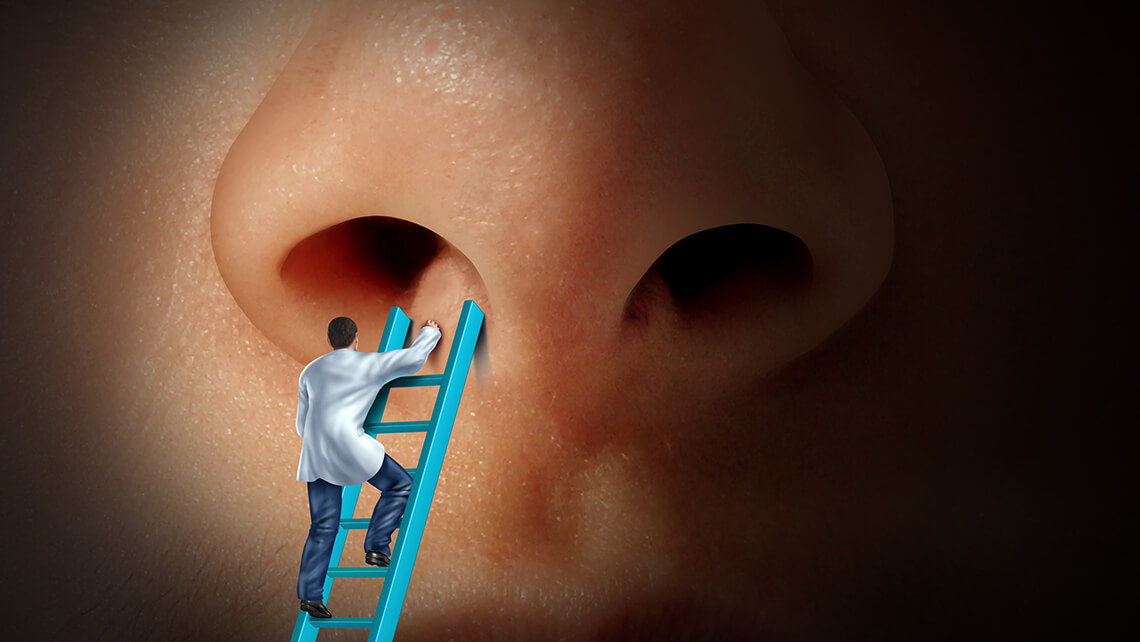Rhinoplasty is a surgical procedure intended for reshaping the nose to correct or improve its appearance. Reconstructive rhinoplasty is performed to correct congenital anomalies and post-traumatic deformities. It can also be performed in conjunction with septoplasty, which is a surgical procedure performed to relieve nasal congestion due to intranasal deformities.
Rhinoplasty is a surgical procedure intended for reshaping the nose to correct or improve its appearance. Reconstructive rhinoplasty is performed to correct congenital anomalies and post-traumatic deformities. It can also be performed in conjunction with septoplasty, which is a surgical procedure performed to relieve nasal congestion due to intranasal deformities.
The nose is the most important element that determines the facial aesthetic. Nose job that constitutes the most important surgery group in the field of plastic surgery is medically referred to as “rhinoplasty”. Rhinoplasty is performed with intent to reshape the nose. The nasal tip can be lifted and lowered, sharpened or thickened, the nose can be corrected if it leans to the left or right, the nasal ridge can be enhanced if it is collapsed and its excess parts can be removed if there is a nasal hump, the nostrils can be reduced if they are big, and asymmetries can be corrected. Besides problems with the shape of the nose, if there is inner cartilage and bone deviations referred to as ‘nasal septum deviation’ as well as the associated difficulty in breathing, breathing can be made more comfortable through a rhinoplasty operation performed in conjunction with a nasal septum deviation surgery. An ideal rhinoplasty operation also provides the opportunity to breathe more comfortably besides giving the nose a natural shape in harmony with the face.
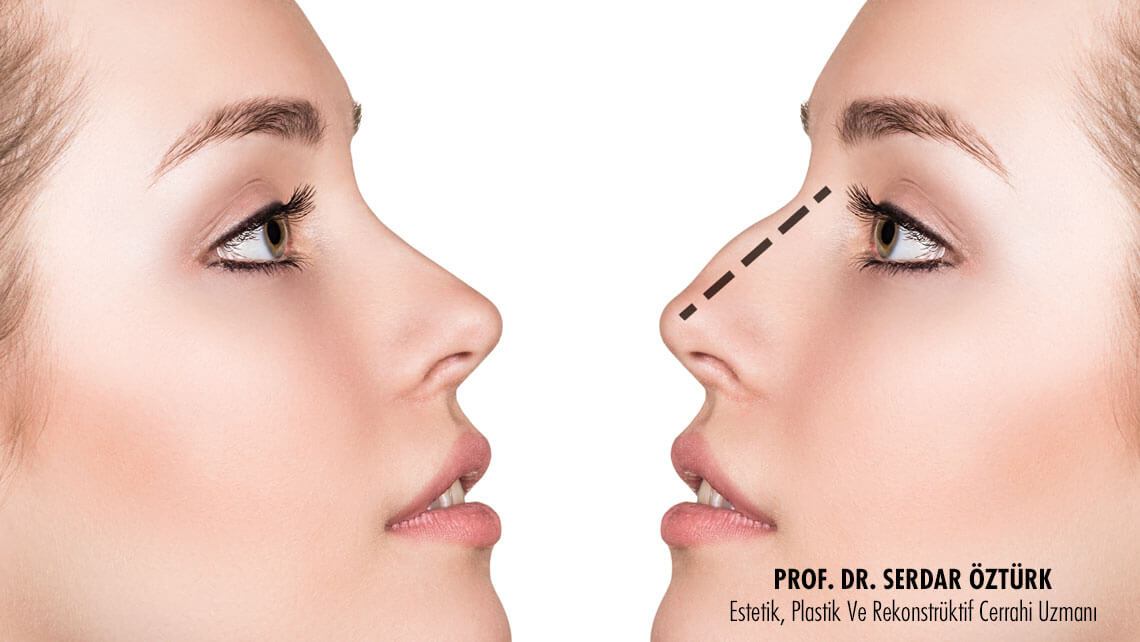
Things to consider before a rhinoplasty operation.
The first step to take when considering rhinoplasty is to consult a plastic surgeon. During the consultation with your surgeon, you should openly discuss what you expect regarding your appearance and feelings after surgery. Before any plastic surgery, being in an emotionally balanced state is one of the most important conditions. Remember that rhinoplasty, i.e. nose job will only change the shape of your nose, not your life. Plastic surgery will improve your appearance and refresh your self-confidence.
After the examination, your surgeon will discuss with you other issues that will affect the decisions on the procedure. The earliest recommended ages for rhinoplasty are the young ages when ninety percent of the development of the nose is completed. In older individuals, the situation differs depending on the age.
During the first consultation, the surgeon will explain you the specific details about the surgical technique to be used, the type of anesthesia, the place where the surgery will be performed, and what you can expect from the surgical operation realistically. During that meeting, you should also discuss other issues with your surgeon, such as the risks and costs that you should consider before deciding on rhinoplasty.
Thousands of rhinoplasty surgeries are performed successfully every year. However, you should be aware of the potential risks involved in any surgical operation, as well as the specific complication risks that rhinoplasty involves. When surgery is performed primarily to improve appearance, post-operative complications such as infection are considerably rare. If a full recovery cannot be achieved, a second surgery may be required. If you follow your surgeon’s care recommendations during the healing and post-operative period, your risk of complications will be minimal.
Rhinoplasty prices and the costs of the materials used in the operation vary. The duration of the operation, the type of anesthesia, the extra materials used in the operation and the hospital where the operation is done are the factors affecting the cost.
Rhinoplasty —Surgical Intervention
Rhinoplasty is performed to reduce the size of the entire nose, reshape the tip of the nose, remove the bony protrusions of the nose or correct the narrow nasolabial angle. In some patients, it may also be necessary to improve the nasal contours by adding some tissue. One or all of these changes can be made during the same surgical session (Figure 1). The extent of the procedure depends on what changes are demanded and what your surgeon deems appropriate for you. This surgical procedure can be performed in line with the physician’s advice and only in a hospital.
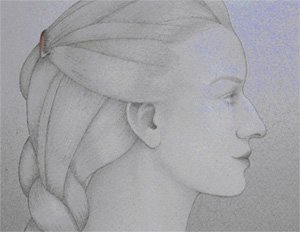
Figure 1: Side view of a patient who is a candidate for rhinoplasty. Big nose, nasal hump, wide nasal tip, and narrow nasolabial angle.
Rhinoplasty is performed under general anesthesia or local anesthesia that involves numbing only the nose area. Before anesthesia, you will be given a sedative, which will help you relax. The sedative and local anesthetic drugs will keep you comfortable during the surgery. In case of general anesthesia, you will be asleep throughout the entire operation.
In many rhinoplasty operations, an incision is made inside the nostrils, towards the site of operation (Figure 2). This incision enables the surgeon to access the cartilage and bone to reshape the nose and change its appearance.
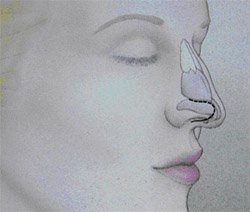
Figure 2: All the cartilage and bone structures can be reached through the mucous incision inside the nostril, which will leave no scar visible from the outside.
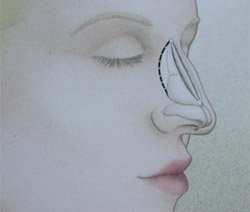
Figure 3: After removing the bony protrusion on the nose, the bones are cut and the roof is closed, thus reshaping the bones.
The bony protrusion on the nose is corrected using a saw and a chisel. Then the nasal bones are brought together in such a way as to form a narrower bridge (Figure 3). The size of the nasal tip is reduced by removing the cartilage to provide a better appearance (Figure 4). The nasal tip is lifted to correct the nasolabial angle. This is achieved by reshaping the septum (the cartilage separating the two nostrils) along the incisions in the nostrils. (Figure 5)
Unfortunately, the nasal base remains wide in cases where the bony protrusion to be corrected is large. To narrow it, a small wedge-shaped piece of skin is removed from the site, and then the nostrils are positioned closer to the midline (Figure 6). After the surgical operation, the bone and cartilage structured in the new shape of the nose are fixed using a splint that consists of tape and plastic or plaster cast (Figure 7).
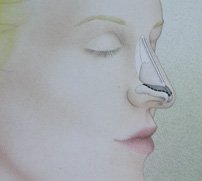
Figure 4: The tip of the nose is thinned and raised by reducing the cartilages in it.
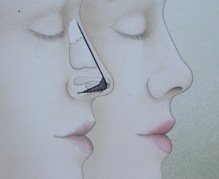
Figure 5: The nasolabial angle is increased by cutting the anterior part of the septum cartilage.
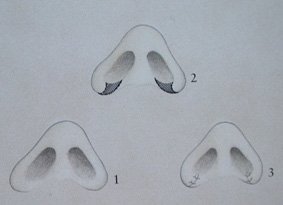
Figure 6: If the nostrils are wide, they are narrowed by making an incision at their bases and then removing the excess skin.
Especially in cases where a septal surgery has been performed, nasal packings are placed to protect the nasal septum and newly opened airways.
A rhinoplasty operation takes 1.5 hours on average. It may also take longer depending on the scope of the surgical operation.
Postoperative recovery of rhinoplasty
You may have mild postoperative pain that can be easily controlled with medication. You will be advised to keep your head slightly elevated and apply cold compresses to your eyes to reduce bruising and swelling after the operation.
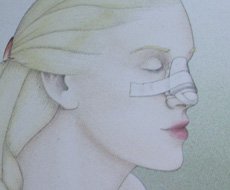
Figure 7: With intent to protect the new bone and cartilage shape in the nose, splinting is performed using a nasal cast or splint.
The splint or nasal cast may need to be kept on your nose for up to ten days, but it is usually removed within the first postoperative week. Your doctor may recommend you to use a splint at night. Nasal packings can stay in the nose for several days. The bruises around the eyes start decreasing within a few days, and usually disappear completely within the next two or three postoperative weeks. Mild swellings gradually subside, but in some cases they remain for months.
Since most of the aesthetic rhinoplasty operations are performed through the nostrils, usually they leave no visible scars. After the procedure performed to narrow the nostrils that widen towards the tip only, scars barely visible when viewed from the outside remain at the fold of each nostril.
It would not be a realistic expectation for the patient to see a sudden change after rhinoplasty. A normal recovery is a gradual process that requires a certain period of time for the appearance of the final result. It takes a few weeks, a few months, and in some cases even a year to see the final shape of the nose.
The degree of recovery depends on the accuracy the way of the operation, your nose structure, and your skin. Dramatically good results are obtained in noses with quite clear deformities (Figure 8). In cases of slight protrusions and big nasal tip, the results are more difficult to notice even after successful corrections. It is quite normal to hear from the relatives and friends that they cannot see a considerable difference after some types of rhinoplasty procedures. This should not be considered to be a failure. On the contrary, a nose that looks natural should be interpreted as a surgical success. In fact, the aim is not to make a new nose that attracts all the attention, but to create a nose shape in harmony with the general facial features, which looks as natural as possible. Sometimes, simple changes and revisions are requested after surgery, and an additional operation is needed to meet such requests.
You will be able to stand up on the first or second postoperative day of rhinoplasty. However, your plastic surgeon will inform you of the program most suitable for you to return to your normal routine life after the surgery. In the first few weeks, you will need to limit activities that increase blood pressure, such as walking, running, swimming, and even bending over, in order to ensure proper recovery. The time required for returning to work depends on your own personal decision and the level of the swelling.
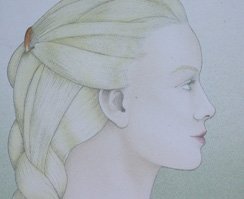
Figure 8: The appearance of the nose after surgery. A smaller nose, a thinner and elevated tip, and an increased nasolabial angle.
When the nasal cast is removed after rhinoplasty, you can apply cosmetic products to cover the bruises. However, your doctor will advise you to abstain from using cosmetic products which will require intense rubbing during application or which cannot be removed for weeks.
This information it is intended to give you general information about rhinoplasty procedures because when you consider plastic surgery, you need to have preliminary information about the surgery, for being able to get the other required information from your surgeon.

